Conqueror's Blade Game Review
The authors of Conqueror's Blade define the genre of the game as MMOTMW or conditionally free multiplayer Tactical Medieval Warfare - that is, we are talking about a rather unique mixture of the usual MMO, action/RPG, tactics and strategy. In this market there is a shortage of just original ideas and concepts, so the game immediately attracted attention - despite the fact that it was released recently, in 2019, Conqueror's Blade has already managed to win its audience and enjoys steady popularity. All the details about this unusual project - in our review.
About gameplay
So, the gameplay in Conqueror's Blade is divided into several components. On the one hand, it is an atmospheric role-playing slasher, where we play as a medieval warrior, fighting with enemies, using different types of edged weapons and applying combat skills. It may not be as realistic as in Chivalry: Medieval Warfare, but it is quite convincing and effective. In addition, you can and should fight on horseback - there is even a special outfit for the faithful horse.

But we also have to hire different kinds of units and command them in battles - to give orders, where to move, whether to attack or defend. Tasks are mainly reduced to the systematic advancement on the level and capture of control points, but it can change the composition of the enemies, some other conditions - and accordingly, you need to adjust, replacing, for example, archers for lances, which are much better to cope with the enemy's cavalry.
This combination of slasher and commanding your own personal army, when you have a lot of units running around, immediately evokes associations with the Japanese Dynasty Warriors series (especially because the Conqueror's Blade was also made in Asia, namely in China). But if the action there is usually set in Japan, and therefore the same, often made-up types of units are available, in Conqueror's Blade the events take place in different regions, which allows you to use a completely different unique and much more historically accurate troops - whether they are samurai, steppe archers, winged hussars or, for example, Varangian guards.
This combination of slasher and commanding your own personal army, when you have a lot of units running around, immediately evokes associations with the Japanese Dynasty Warriors series (especially because the Conqueror's Blade was also made in Asia, namely in China). But if the action there is usually set in Japan, and therefore the same, often made-up types of units are available, in Conqueror's Blade the events take place in different regions, which allows you to use a completely different unique and much more historically accurate troops - whether they are samurai, steppe archers, winged hussars or, for example, Varangian guards.

In addition, the "seasons" change regularly, each with its own theme, campaign, and rewards, including, again, unique types of units. One season with the subtitle Helheim was, as you understand, about the Vikings. Paragons referred to knights in shining armor and to... Joan of Arc, offering French-style units and weapons as rewards. In season 10, Highlanders, for example, we were given the opportunity to try on the role of Celts - a campaign inspired by Celtic myths and legends allowed, among other things, to command units of bagpipers.
But with all that said, Conqueror's Blade is still an MMO with all the consequences that it entails. We visit the city, the capital of our kingdom, where we can communicate with key characters, trade, accept tasks and contracts that allow us to receive resources, currency, experience and courage points for character and unit upgrades, as well as for opening new units and hiring them.
But with all that said, Conqueror's Blade is still an MMO with all the consequences that it entails. We visit the city, the capital of our kingdom, where we can communicate with key characters, trade, accept tasks and contracts that allow us to receive resources, currency, experience and courage points for character and unit upgrades, as well as for opening new units and hiring them.
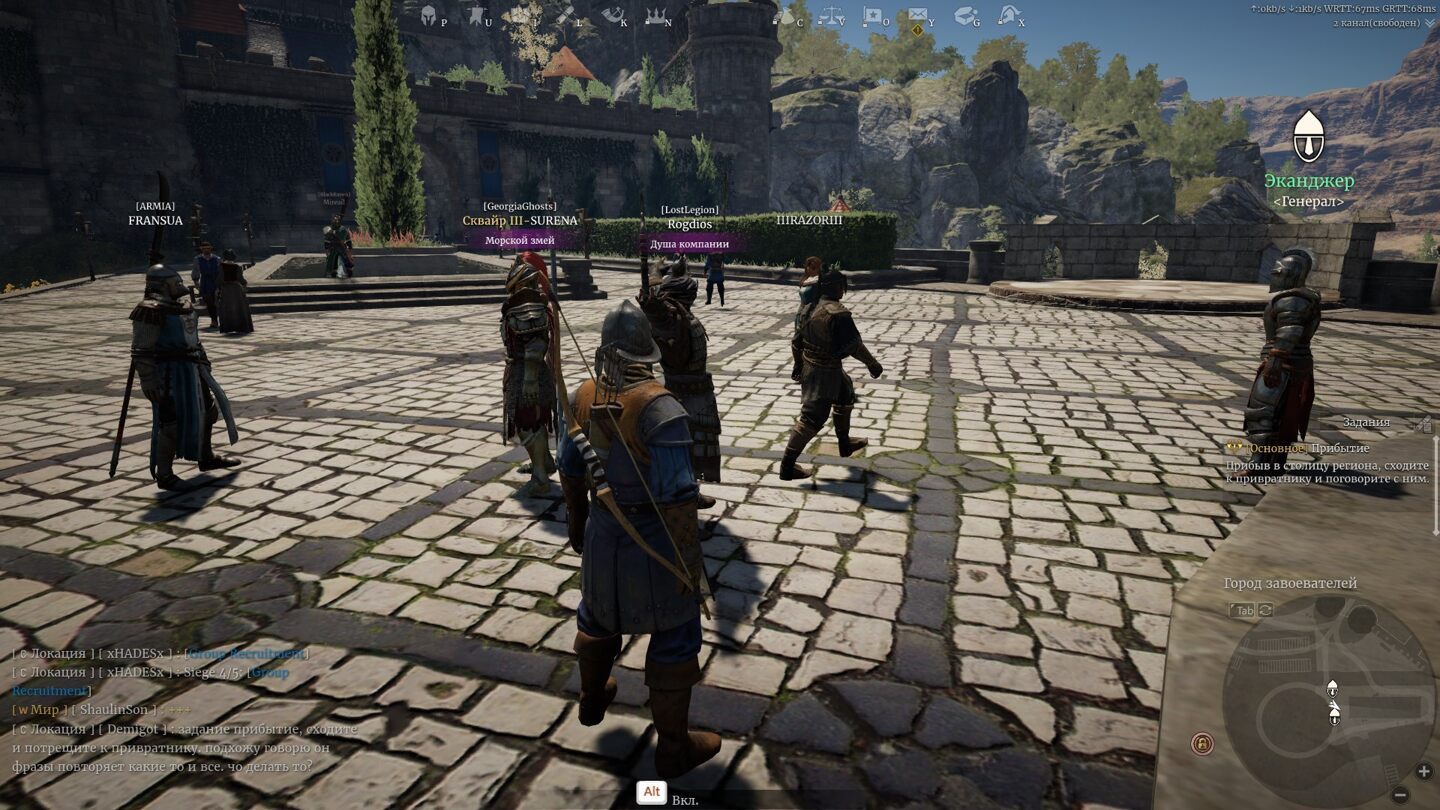
Naturally, in place of the daily entry rewards, daily again, and weekly tasks. Since the 30th level open raids in the "Den of Bandits" and related special tasks. But not all assignments are not limited to the destruction of robbers - you can take on contracts of varying difficulty, which involves mining resources, delivery of some goods, supplies.
And we have to deliver them to villages and settlements, moving on the global map. And here opens another layer of gameplay. Upon reaching a sufficient level of development, it will be possible to arrange territorial wars with other players on the global map, and it's best to do it as part of the houses and kingdoms, which serve as an analogue of the guilds.
And we have to deliver them to villages and settlements, moving on the global map. And here opens another layer of gameplay. Upon reaching a sufficient level of development, it will be possible to arrange territorial wars with other players on the global map, and it's best to do it as part of the houses and kingdoms, which serve as an analogue of the guilds.
About game modes
Territorial wars are perhaps the cherry on the cake, the main mode in Conqueror's Blade. Players unite into Houses, which can hold up to 40 people, and Houses, in turn, can form alliances and form entire kingdoms. Fighting for territory can be personally involved in battles or going to the open world on a global map to capture other people's settlements. The only pity is that large-scale battles for territory do not take place as often as we would like.
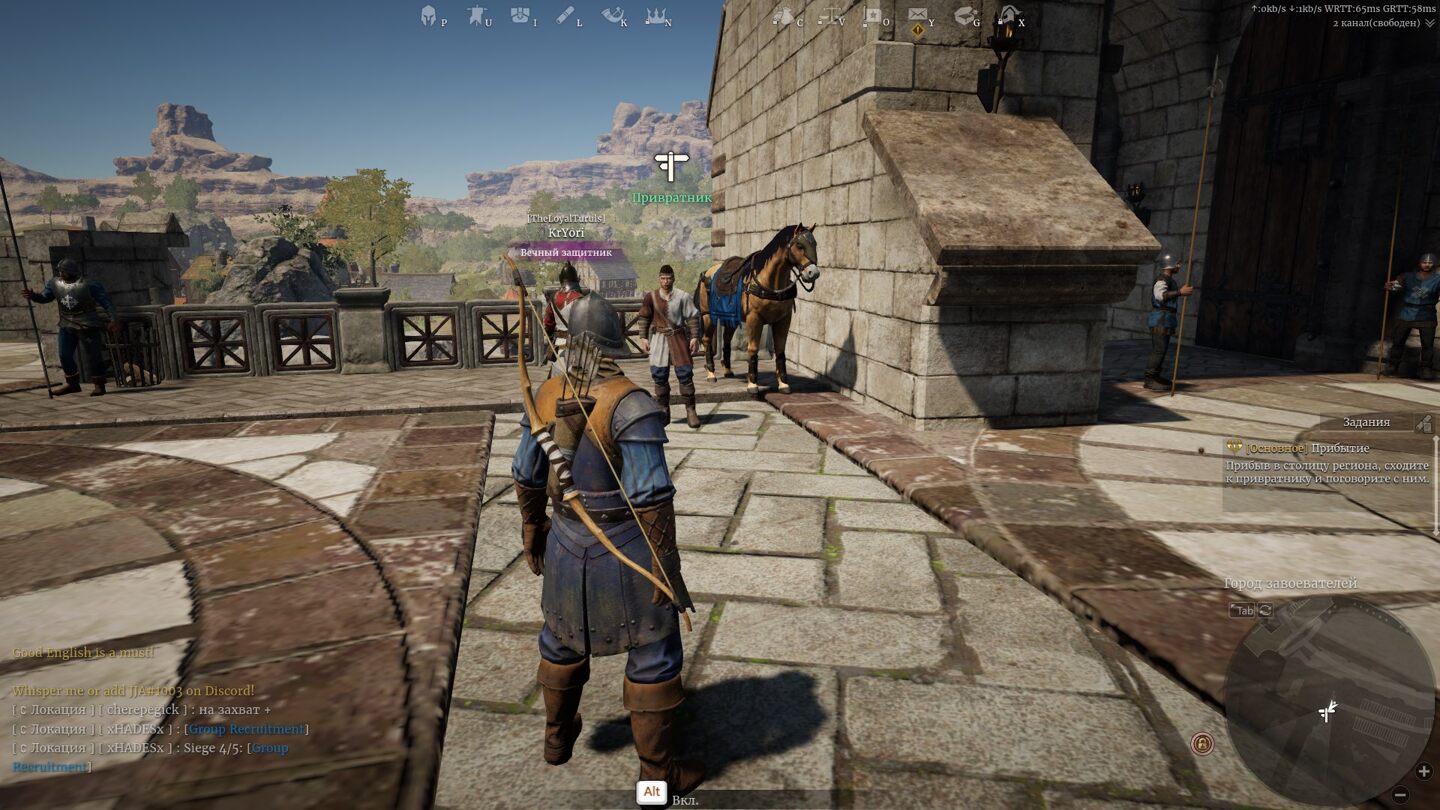
During such battles you often have to storm enemy fortresses and castles, using siege weapons, trebuchettes, battering rams to break down gates, cannons and ballistas, from which you can even fire personally at enemy fortifications and towers. It's also especially important for attackers to use ladders. Sieges are so spectacular, large-scale and exciting that they were put in a separate mode, in which you can fight against artificial intelligence (AI) or against other players in a 15 by 15 format, where one team must defend and the other attack.
In addition, there is an arena mode for one-on-one duels and the ability to join a battle between other users, if you notice how they are squared up with each other on the global map. At the same time, you decide who to help - you can even call in co-workers to help. In addition, players compete with each other during raids on the boss - there you gather your party and try to be the first to get to the main villain to get the deserved reward.
In addition, there is an arena mode for one-on-one duels and the ability to join a battle between other users, if you notice how they are squared up with each other on the global map. At the same time, you decide who to help - you can even call in co-workers to help. In addition, players compete with each other during raids on the boss - there you gather your party and try to be the first to get to the main villain to get the deserved reward.
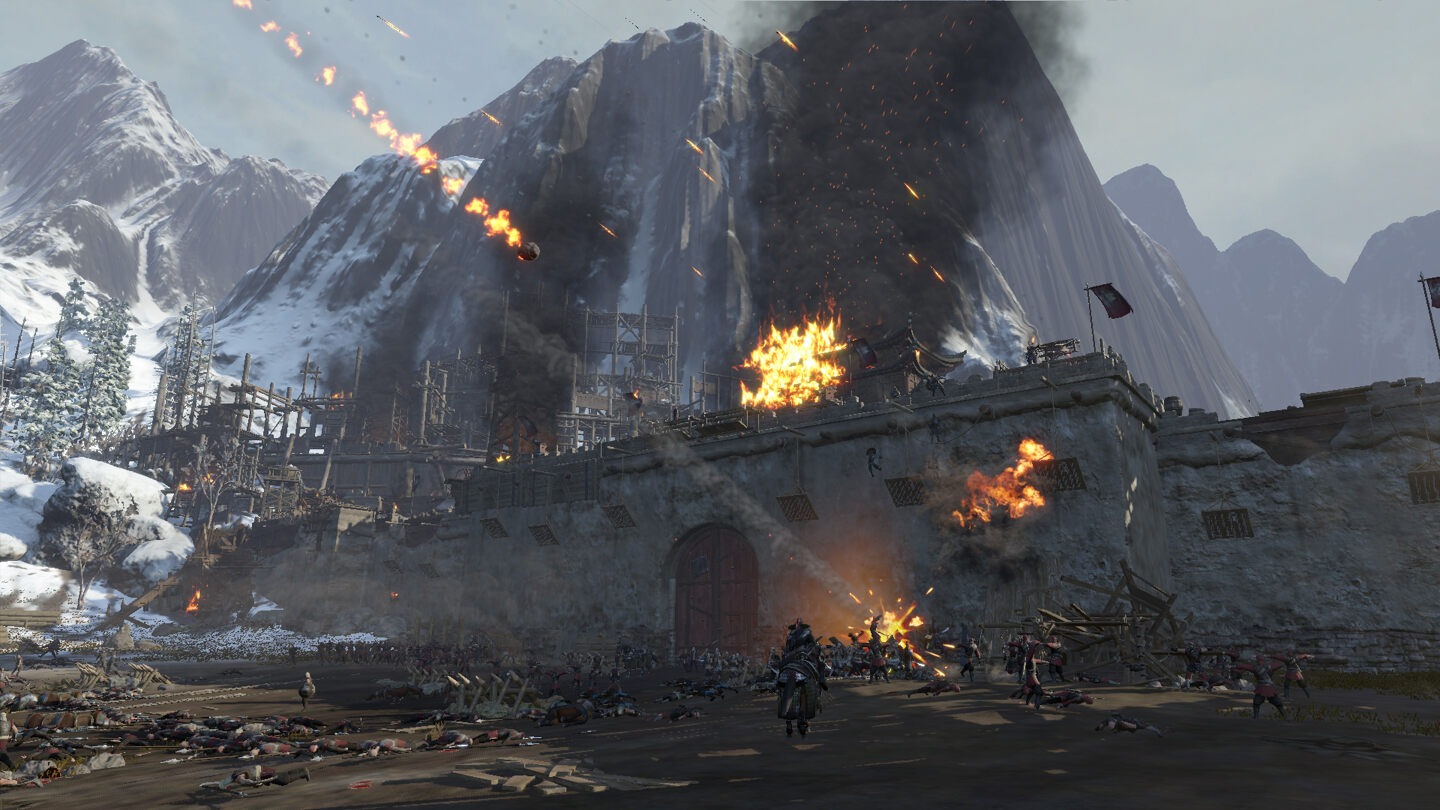
However, players do not only fight with each other - in "Campaign" mode, on the contrary, they unite to perform consecutive tasks. Finally, the most popular mode at first and classic for Conqueror's Blade is "Combat", where we fight with computer bots in five-on-five or 15-on-15 format for the control of points. And in "Capture" the same thing happens, but the battles are between players. It is "Combat" and "Siege" that at first become the main modes, allowing you to earn experience and resources to develop your character, buy equipment and squads.
About squads and character classes
Naturally, to succeed in any of the modes, you need to develop your character. But first we choose his class. It is interesting that in Conqueror's Blade it depends not on the role assigned from above, but on the weapons used. Now there are 12 types in the game - spears, lances, long sword and shield, short sword and shield, longbow, short bow, musket, nodachi (two-handed sword with a long blade in Eastern style), hammer, double blades, halberd and glaive. Choosing one of the weapons, we essentially choose a class and even a gender - for example, paired blades and muskets are handled by girls, who are represented by faster and more dexterous, but also less protected characters.

Clearly, though, the pros and cons of each class depend not on gender, but primarily on the weapon used. A mighty warrior with a halberd can crush crowds of surrounding enemies with a single swinging blow, but if you properly clamp it, the slowness of such a warrior becomes his curse - quickly wielding the same paired blades or spears or shooting him from afar with a bow, a weaker in defense hero can win.
Or take Nodachi - a hero with this weapon can mow down crowds of enemies and pierce any defense. But he has a very small attack radius, so he just physically can't reach some characters. Especially dangerous for him are fast and agile owners of the short sword and shield. Those quickly moving and evading attacks can shut up to death any "heavyweights" in duels, but to break through the crowd they are much harder. Colleagues with long sword and shield are more balanced in this sense - that's why they are most often recommended as a starting character for beginners. On the other hand, such fighters are also less lethal in duels with other players.
Or take Nodachi - a hero with this weapon can mow down crowds of enemies and pierce any defense. But he has a very small attack radius, so he just physically can't reach some characters. Especially dangerous for him are fast and agile owners of the short sword and shield. Those quickly moving and evading attacks can shut up to death any "heavyweights" in duels, but to break through the crowd they are much harder. Colleagues with long sword and shield are more balanced in this sense - that's why they are most often recommended as a starting character for beginners. On the other hand, such fighters are also less lethal in duels with other players.

That is, as you can see, the authors have worked so well on weapons, their pros and cons, that it even matters here whether you have a long or short sword in your hands, whether you shoot from a long or short bow, what your attack radius is. And it's also important to know, learn and intelligently apply active combat skills, which, of course, each class has its own. And all have only one passive skill, but the unique techniques used in combat, a lot - kicking, throwing a shield or jerk with it, jumping into the crowd with the subsequent throwing of opponents, circular attack, and so on. Everything is pretty standard, but it's effective and realistic.
The game essentially has no magic, and the authors especially emphasize this - at most there are skills that allow you to temporarily increase the damage, restore health and remove various effects like stun. At the same time, you can choose and combine skills so that they add up to just a killer combo. Some classes (like Glaefa) are focused on using skills, but have to wait quite a long time for abilities to recharge (especially if you used the most powerful, "ultimative" one).
The game essentially has no magic, and the authors especially emphasize this - at most there are skills that allow you to temporarily increase the damage, restore health and remove various effects like stun. At the same time, you can choose and combine skills so that they add up to just a killer combo. Some classes (like Glaefa) are focused on using skills, but have to wait quite a long time for abilities to recharge (especially if you used the most powerful, "ultimative" one).
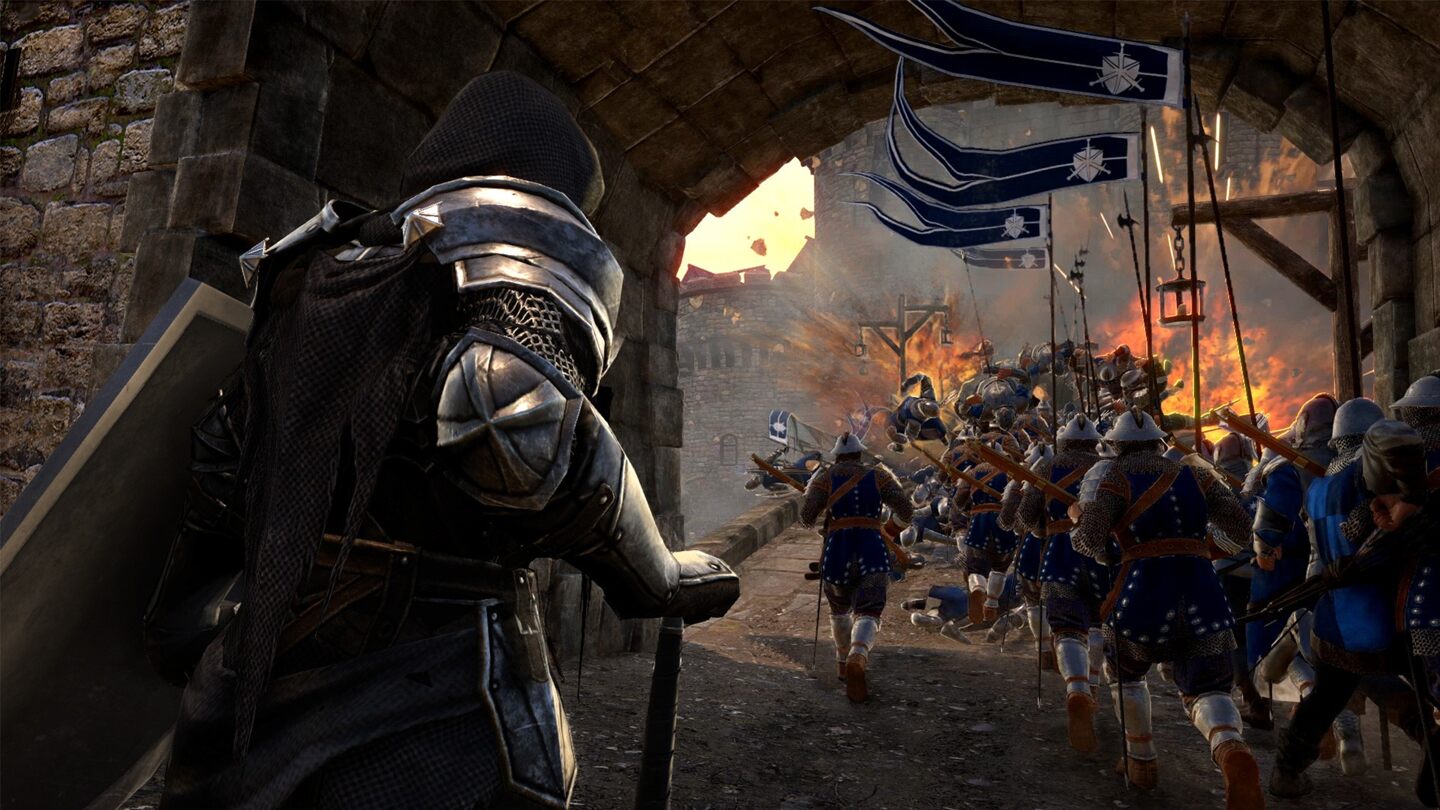
Similarly, the types of units have their pros and cons. They are balanced with each other according to the classic "rock-paper-scissors" principle - lances are effective against cavalry, but weak against swordsmen and archers, who, quickly approaching each other, are torn to shreds by cavalry. There are over 80 kinds of units in the game, and as we said, new ones appear with each season. Some are able to heal allies, others inspire them with their music, and some are particularly skilled at using explosives. The most interesting ones are the steppe archers, which are quite versatile and therefore must be in the army of beginners, light ambush cavalry, ideal for reconnaissance, western guardsmen archers, whose unique construction helps to effectively bombard the enemy at long distances.
Of course, it's important to try and choose in advance the most suitable units for your class and your tactics, so that you can use them afterwards. On the other hand, no one forbids experimenting. One account can be up to 10 characters, that is, you can try different classes. And you can also change the set of your squads and their equipment.
Of course, it's important to try and choose in advance the most suitable units for your class and your tactics, so that you can use them afterwards. On the other hand, no one forbids experimenting. One account can be up to 10 characters, that is, you can try different classes. And you can also change the set of your squads and their equipment.
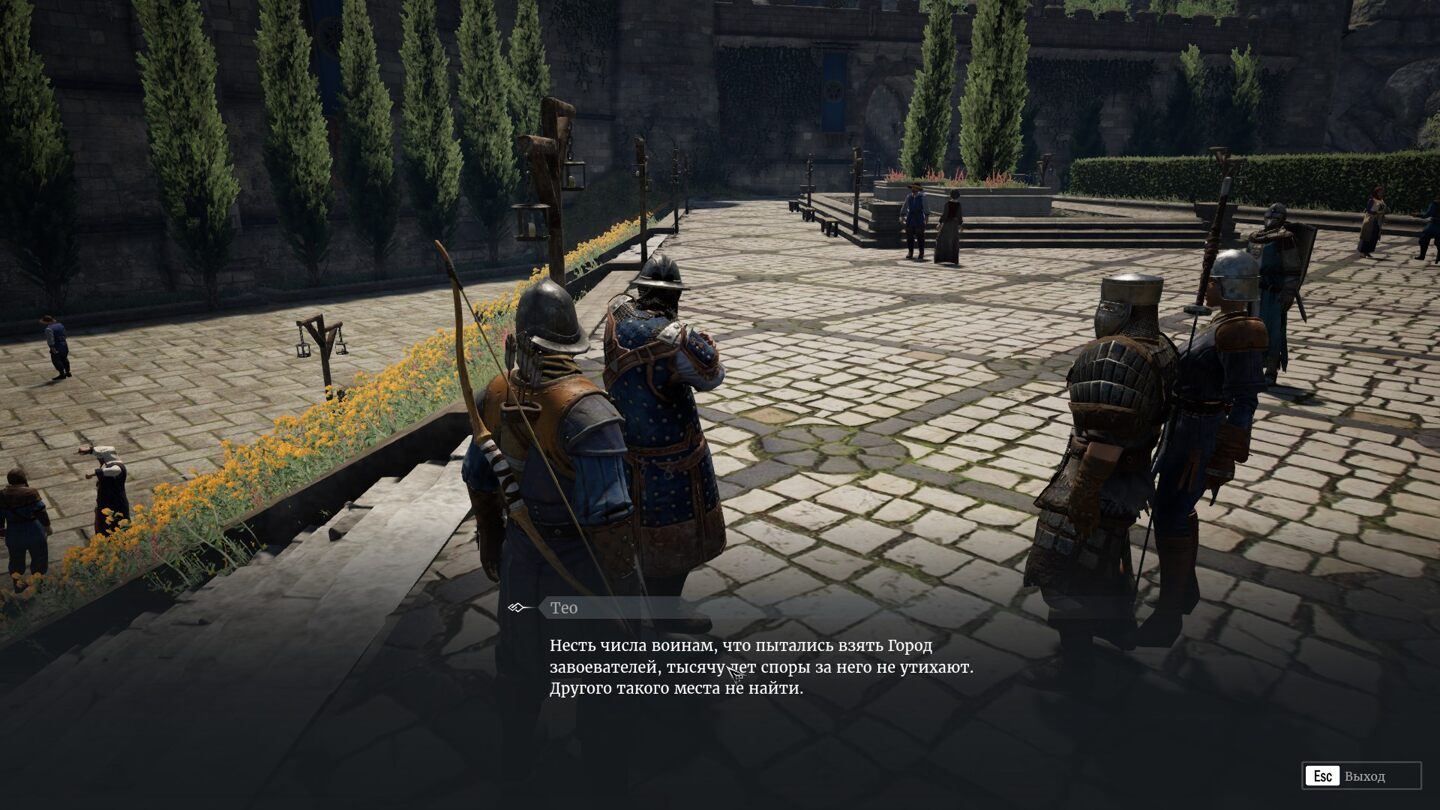
About crafting and pumping
All of this - the character, units, equipment - must be upgraded. As you gain levels, the main characteristics of the hero increase. The necessary experience for this, as well as bravery points for opening new units and copper for trading and repairing equipment we get for almost all activities in the game, including the performance of fairly simple daily tasks and errands. But skill points for learning new and developing existing abilities (and they are available not only for the character, but also for units) are given only for participation in battles with other players.
As for equipment, it is divided into personal weapons, armor, as well as siege weapons and horse for your character and the equipment that your squads need. All of this can be obtained as a reward or bought. True, you also have to pay to repair weapons and armor. Trade and economy in general, oddly enough, is given a lot of attention - there are not only traders, but also auctions and black market.
As for equipment, it is divided into personal weapons, armor, as well as siege weapons and horse for your character and the equipment that your squads need. All of this can be obtained as a reward or bought. True, you also have to pay to repair weapons and armor. Trade and economy in general, oddly enough, is given a lot of attention - there are not only traders, but also auctions and black market.

And from level 30 opens crafting, without which in the more difficult trials simply can not survive. We collect the necessary resources (they are different for personal equipment and for units), give them to the artisan for processing into more advanced materials and create the necessary items at the blacksmith. And for level 30 and above you'll need special circuits.
Interestingly, the game has, conditional, West and East - these regions differ, including the weapons produced and the resources/materials that can be found there. At some point, the player will have to make a choice of which region to go to - well, it is believed that for beginners, the Western one is more suitable. It's best to mine resources and supplies on your own or neutral territory - otherwise, both the chance of an attack on you is higher and the tax still has to be paid.
Interestingly, the game has, conditional, West and East - these regions differ, including the weapons produced and the resources/materials that can be found there. At some point, the player will have to make a choice of which region to go to - well, it is believed that for beginners, the Western one is more suitable. It's best to mine resources and supplies on your own or neutral territory - otherwise, both the chance of an attack on you is higher and the tax still has to be paid.
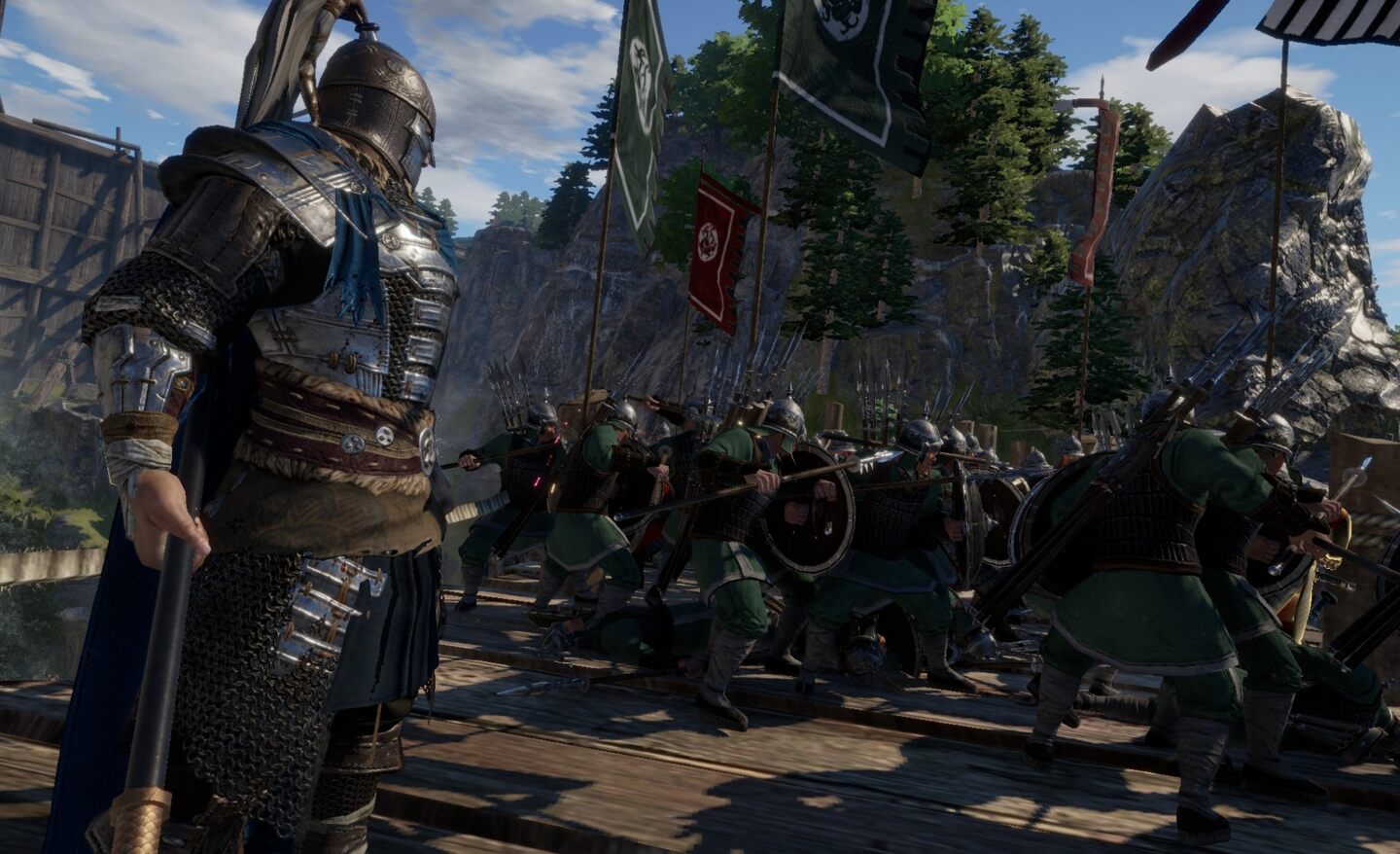
How does it play?
And it plays really well. Conqueror's Blade is a beautiful, spectacular, brutal and atmospheric game. But it is also quite tactical. The tactics is to choose the squads wisely (you can take a limited number and only one kind), taking into account what tasks are in front of you and also to use the skills and advantages of your character properly. And it's better to try by all means to avoid losing your horse or even more so your hero - in the first case you will have to run on your own for the rest of the battle, in the second case you will have to wait quite long for the rebirth, and your squads will start retreating to the commander.
Also here are very interesting maps, where you can almost always twist cunning tactical maneuvers, to lure and clamp the enemies. About the sieges we're silent - it's one of the best and largest implementations of such mechanics in games. The abundance of different layers of gameplay, interesting details in the class/unit system, and in crafting also benefit the game.
Also here are very interesting maps, where you can almost always twist cunning tactical maneuvers, to lure and clamp the enemies. About the sieges we're silent - it's one of the best and largest implementations of such mechanics in games. The abundance of different layers of gameplay, interesting details in the class/unit system, and in crafting also benefit the game.
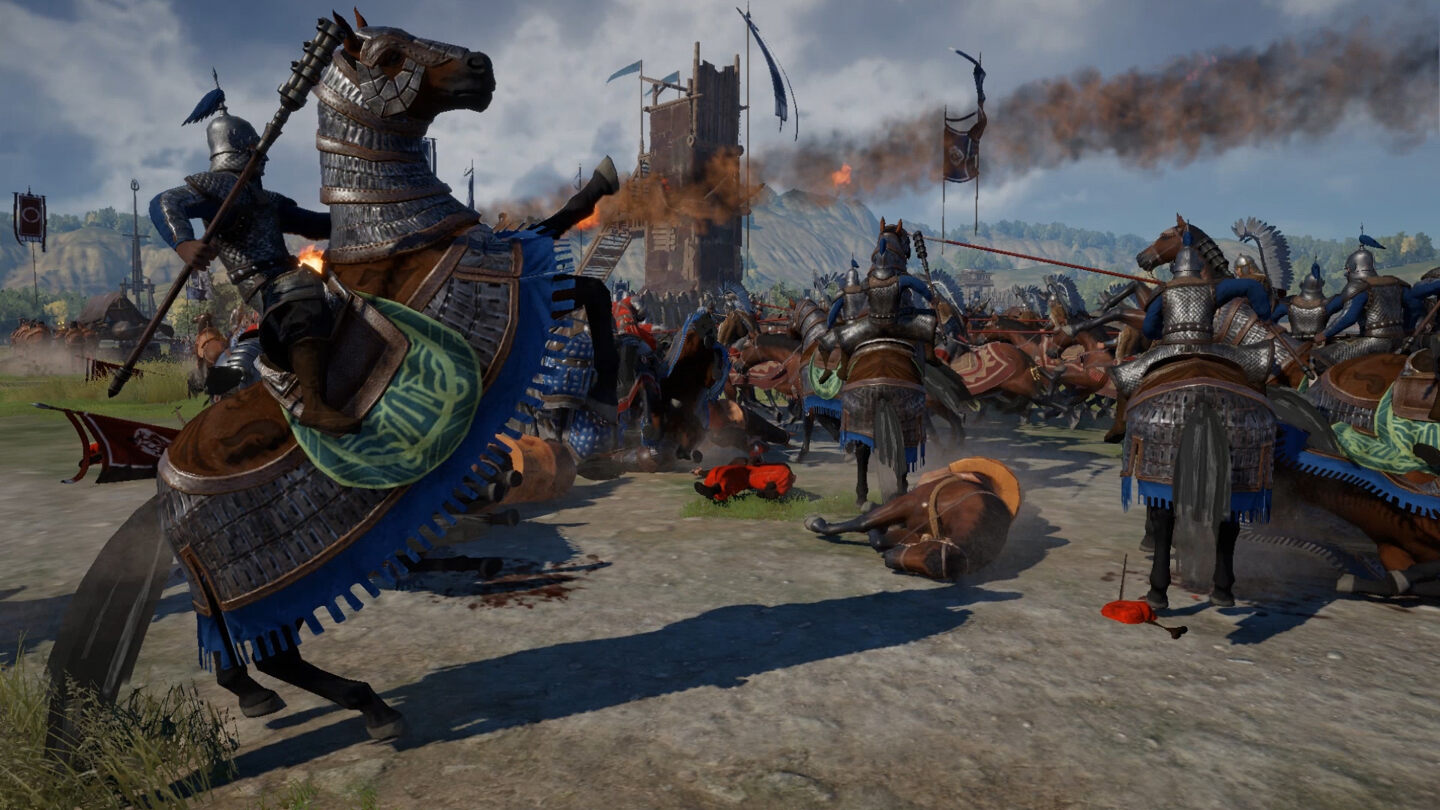
The only criticisms are technical problems and bugs that sometimes occur, as well as the fact that it is not always possible to maintain a perfect balance between units. But in a game where new units are constantly appearing, it is not surprising - the project is constantly evolving to adjust the balance from time to time.
As for the monetization system, it's pretty standard - there is a premium status, regular and purchased currency, a built-in store, where a lot of cosmetic items are sold. But there's nothing that you can get just by playing Conqueror's Blade regularly.
As for the monetization system, it's pretty standard - there is a premium status, regular and purchased currency, a built-in store, where a lot of cosmetic items are sold. But there's nothing that you can get just by playing Conqueror's Blade regularly.
Conclusion
Conqueror's Blade is certainly one of the most interesting, unique, spectacular, and epic games to have appeared on the MMO market in recent years. It may not be flawless, but it is good enough to appeal to those who have missed something new among the free-to-play projects.
Zarium. September 2022
Zarium. September 2022
